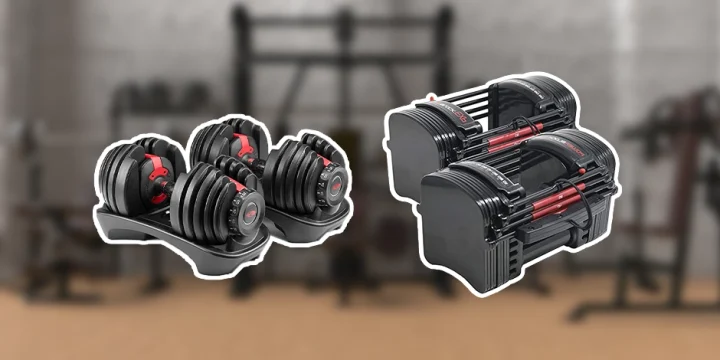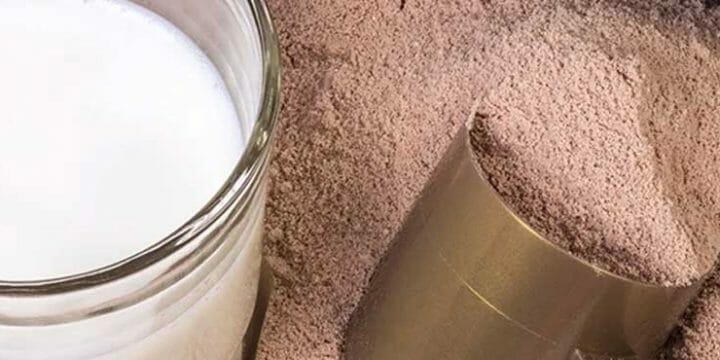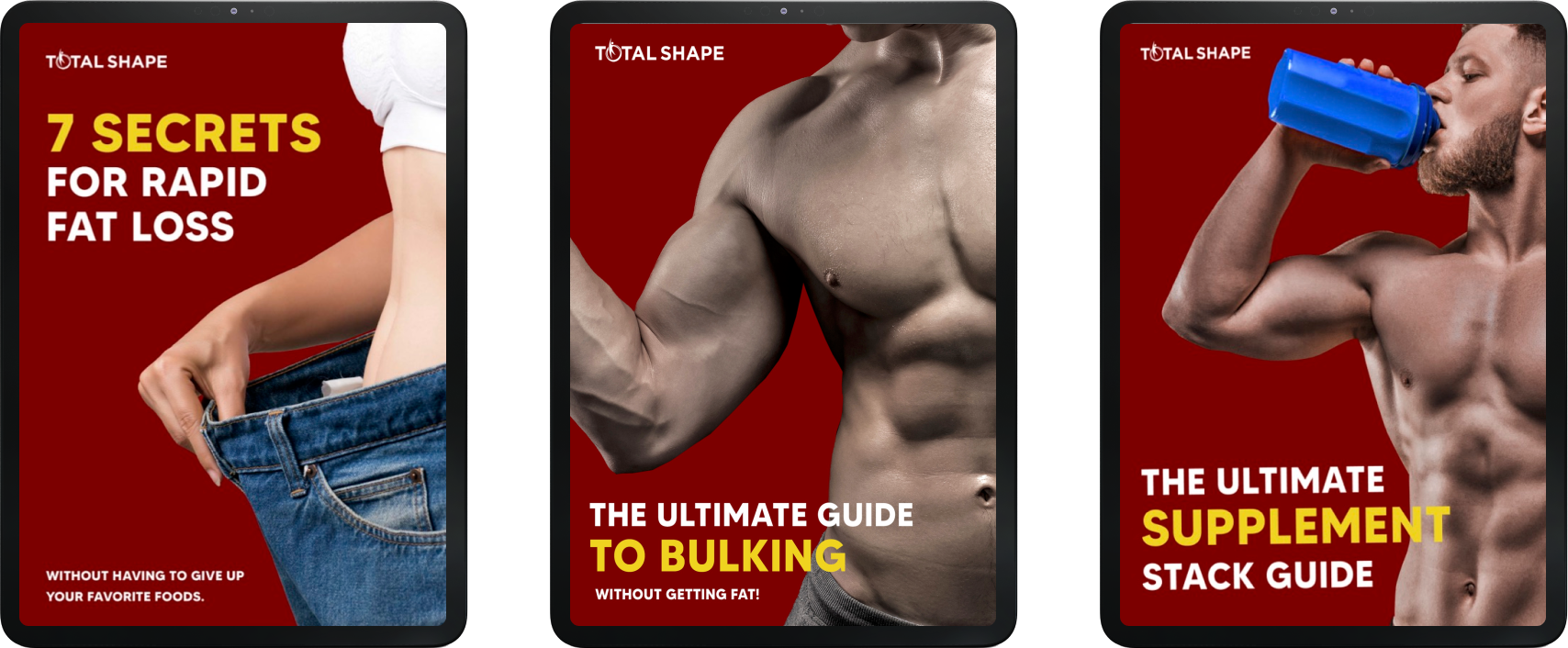As a certified fitness coach, I've had clients ask for the best workout split routines. The good thing is that there is no "best" exercise split.
Many view workout splits differently and can range from 1 to 6 days a week.
However, the most efficient and common workout split is the 4-day workout split.
In this article, I will provide everything about the 4-day workout split, the benefits and drawbacks of the 4-day workout program, and why recovery is important in any training.
Quick Summary
- To build strength and muscle, a 4-day workout split is ideal, offering focused sessions on powerlifting exercises like deadlifts, squats, and bench presses, along with muscle growth routines.
- The 4-day split can be tailored to individual needs, with options for push-pull or upper-lower splits, ensuring all muscle groups are worked effectively.
- Research from the Journal of Physiology shows that muscle protein production increases by 50% within 4 hours post-exercise, emphasizing the importance of recovery in a 4-day workout split for muscle building.
- In my experience as a fitness coach, the flexibility and balanced approach of a 4-day split make it a highly effective routine for both beginners and advanced lifters.
The Best 4-Day Split Program

A 4-day gym routine is perfect for hitting your fitness targets, whether you're easing into a powerlifting workout with focused deadlift, squat, bench press, and muscle growth days or opting for push-pull or upper-lower splits to work all muscle groups.
The 4-day exercise split I will share with you guarantees that you engage all your major and smaller muscle groups while improving your functional fitness.
In this example split, which I've used successfully with clients, the focus is on strength and muscle growth, balancing lower reps for power and higher reps for muscle development.
Follow the prescribed sets and reps for each exercise, resting as needed. For supersets, do two exercises consecutively without breaks.
Day 1: Upper Body A

- 3 sets of 6 to 10 repetitions of barbell overhead press
- 3 sets of 6 to 10 repetitions of the barbell bent-over row
- 3 sets of 6 to 10 repetitions of dumbbell bench press
- 3 sets of 6 to 10 repetitions per side of the single-arm kneeling lat pull-down
- 3 sets of 10 to 14 repetitions of dumbbell bicep curl to skull crushers superset
Day 2: Lower Body A
- 5 sets of 6 repetitions of front squat
- 5 sets of 5 repetitions of the conventional deadlift
- 3 sets of 10 to 14 repetitions of the dumbbell goblet squat
- 3 sets of 6 to 10 repetitions per side of dumbbell single-leg deadlift
- 3 sets of 10 to 14 repetitions of back extension
Day 3: Upper Body B

- 4 sets of 6 to 10 repetitions of barbell bench press
- 4 sets of 10 to 14 repetitions of lat pull-down
- 3 sets of 10 to 14 repetitions of high-incline dumbbell press
- 3 sets of 6 to 10 repetitions per side of single-arm dumbbell row
- 3 sets of 10 to 14 repetitions of dumbbell hammer curl to overhead tricep extension superset
Day 4: Lower Body B
- 5 reps of 6 to 10 repetitions of back squat
- 4 sets of 6 to 10 repetitions of the barbell Romanian deadlift
- 3 sets of 8 to 14 repetitions of dumbbell split squat
- 3 sets of 10 to 14 repetitions of the machine hamstring curl
- 3 sets of 10 to 14 repetitions per side of single-leg elevated glute bridge
Related posts:
Basic Layout

Here's a straightforward layout for the 4-day split program. After your main lifts, which take about 30–40 minutes, zip through the rest in 25–30 minutes.
Option A:
- Day 1: Upper Body A
- Day 2: Lower Body A
- Day 3: Rest
- Day 4: Rest
- Day 5: Upper Body B
- Day 6: Lower Body B
- Day 7: Rest
Option B:
- Day 1: Upper Body A
- Day 2: Lower Body A
- Day 3: Rest
- Day 4: Upper Body B
- Day 5: Rest
- Day 6: Lower Body B
- Day 7: Rest
For weekly scheduling, you've got options. In my experience, some clients prefer three single rest days, while others go for a two-day break. It's about what keeps your momentum going.
On rest days, consider adding flexibility and stretching routines to boost your range of motion and prevent injuries.
Change is also possible, depending on what is going on in your life. However, do not train the same muscle group three days in a row or take three days off.
You can also begin with the lower body workout instead. This would require you to cycle through the workout sessions as follows:
- Day 1: Lower Body A
- Day 2: Upper Body A
- Day 3: Rest
- Day 4: Lower Body B
- Day 5: Rest
- Day 6: Upper Body B
- Day 7: Rest
Or
- Day 1: Lower Body A
- Day 2: Upper Body A
- Day 3: Rest
- Day 4: Rest
- Day 5: Lower Body B
- Day 6: Upper Body B
- Day 7: Rest
Adapt the plan to focus on specific muscle groups, ensuring a rest day before tackling exercises you want to improve, like squats in your Lower Body A session.
Benefits of a 4-Day Split

A 4-day split for your training regimen will provide several advantages. Here are the top reasons you should train with a 4-day workout routine:
- Ample Recovery Time: This routine ensures enough rest throughout the week, crucial for all levels of lifters to recover and perform well.
"If you finish a lower-body exercise on Monday, for instance, you must refrain from doing any further lower-body activities until Thursday. You won't necessarily damage yourself if you don't take this break, but you could discover that you're a bit too tired to lift the weight you want to raise or advance from the week before."
- Erin Taylor, NASM Certified Personal Trainer
2. Intense Workouts: With more rest days, you're geared up to give your all in each session, boosting your energy and workout intensity.
3. Flexibility in Schedule: Life's unpredictable—doctor visits, family duties, or just feeling wiped out. A 4-day split gives you three days off, making it easier to juggle gym time with life’s curveballs.
4. Versatility Training Options: With four workout days, you can mix and match your routine, be it strength, a hypertrophy program, or a combo like power hypertrophy adaptive training (PHAT) or power-building.
Downsides of 4-Day Split
As with every workout split, the 4-day split also comes with some downsides.
The most important ones are:
- Potential for Imbalance: Without proper planning, a 4-day workout split can lead to muscle imbalances if all muscle groups are not adequately trained.
- Equipment Dependency: This workout often requires access to a variety of gym equipment, which might not be feasible for everyone, especially those preferring home workouts
- Risk of Plateau: Some individuals may experience a plateau in progress if the 4-day split is not periodically adjusted for progressive overload.
Remember to Recover

Muscle group breakdown is an important aim of any training session.
Remember to prioritize quality eating habits and use these top-rated post-workout supplements for faster recovery and muscle mass development.
Without recovery, a considerable percentage of that activity may be a waste of time. While you're resting, four things happen.
- Protein synthesis: This is what helps you build muscle mass. According to research from The Journal of Physiology, muscle protein production increases by 50% within 4 hours after exercising (such as resistance training), so most muscle groups are built during recovery [1].
- Muscle fiber rebuilding: Microtears in muscle fibers are a typical exercise feature, occurring when our muscle groups are stretched. During the recovery process, these fibers can heal and grow stronger, as per a study from the International Journal of Environmental Research and Public Health [2].
- Fluid Replacement: When we sweat, we lose plenty of fluid. Hydration is essential before, during, and after activity because fluids assist in supplying nutrients to tissues and muscle groups via the bloodstream [3].
- Clearance of metabolic waste products: Acids collect throughout an exercise (via that pesky little proton linked with lactate). According to the study published in the Journal of Sports Science, recovery allows the body to restore intramuscular acidity and re-establish intramuscular blood circulation for oxygen delivery, among other things [4].
FAQs
Are 4-Day Splits Effective?
Yes, 4-day splits are effective. 4-day training splits are great for a big group of trainees, particularly those with additional family and job responsibilities.
What Is the Most Successful Workout Split?
The most successful workout split is the Push-Pull-Leg split. This is because all connected muscle groups are exercised together in the same session.
What Are the Big 4 Lifts?
The big four lifts are the squat, overhead press, deadlift, and bench press. These compound motions should account for 90% of every athlete's conditioning program, regardless of skill level.
References:
- https://www.ncbi.nlm.nih.gov/pmc/articles/PMC3381813/
- https://www.ncbi.nlm.nih.gov/pmc/articles/PMC6950543/
- https://www.ncbi.nlm.nih.gov/books/NBK236240/
- https://pubmed.ncbi.nlm.nih.gov/20544484/
About The Author
You May Also Like






